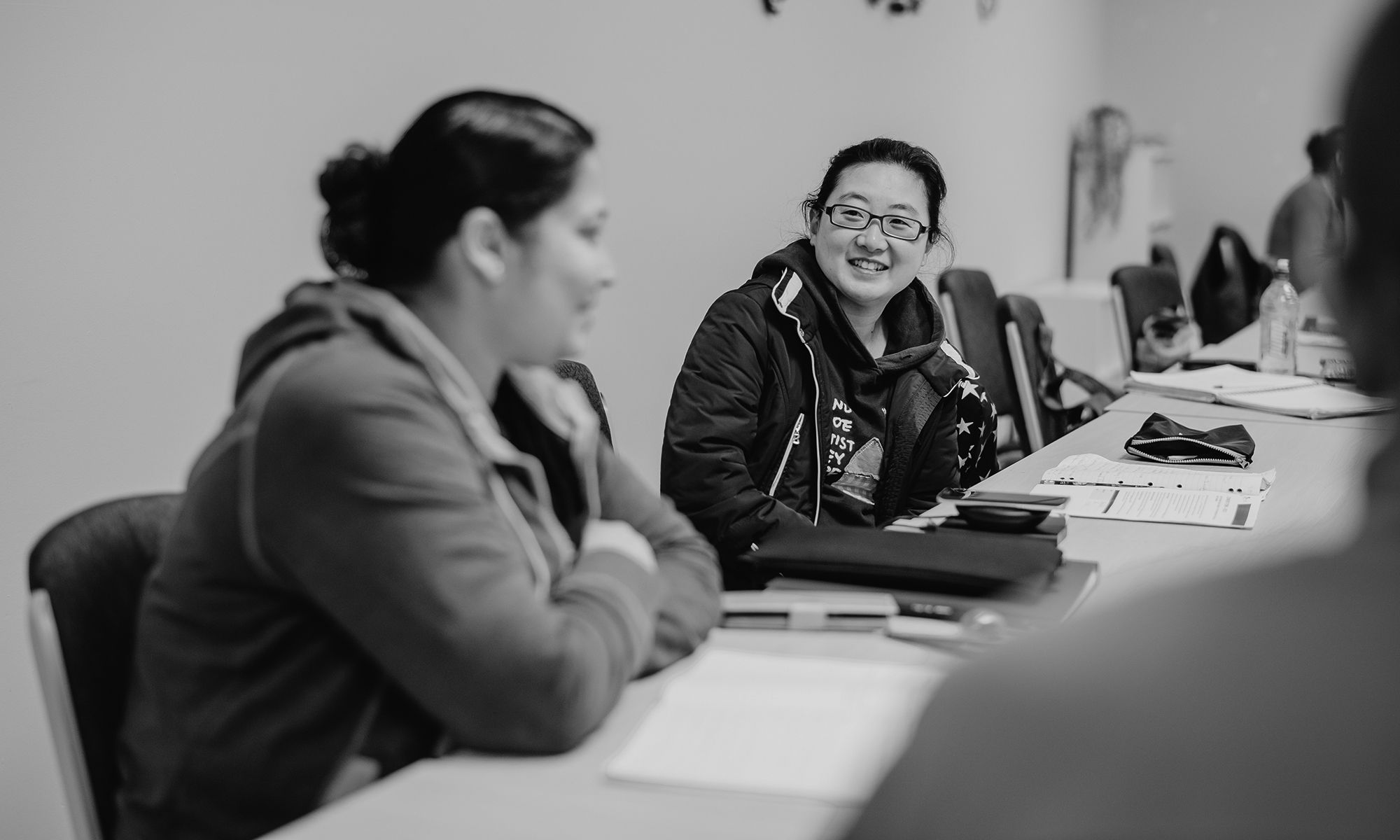Author/s: Julie Willans and Karen Seary
Edition: Volume 51, Number 1, April 2011
Summary: The mature-age learner’s re-engagement with a formal learning environment may be somewhat akin to the novice Paintball player who, unless well positioned and attuned to the rules of the combative game, is bombarded and worn down by constant ‘hits’. For the mature-age learner, such ‘hits’ may come in the form of tensions surrounding institutional protocols, social interactions with other peers and personal challenges related to other life-role responsibilities. Transformative learning theory (Cranton 2006, Mezirow 2000) accounts for the often erratic and contradictory trajectories of personal change that some mature-age learners make manifest. Data from a 13-week research project with a group of mature-age learners indicate that these trajectories need to be taken into consideration by educators. A proposition is made that, through the assurance of appropriate, meaningful curricula and the promotion of learning communities (Gabelnick, MacGregor,Matthews & Smith 1990) that build resiliency (Knight 2007, Goleman 2002, Resiliency Initiatives 2001), educators can empower mature-age learners to cope with the challenges that will inevitably confront them.
Keywords:


 Share a copy of this abstract.
Share a copy of this abstract.
This article is part of AJAL, Volume 51_1. The entire volume is available in .pdf for purchase here.
